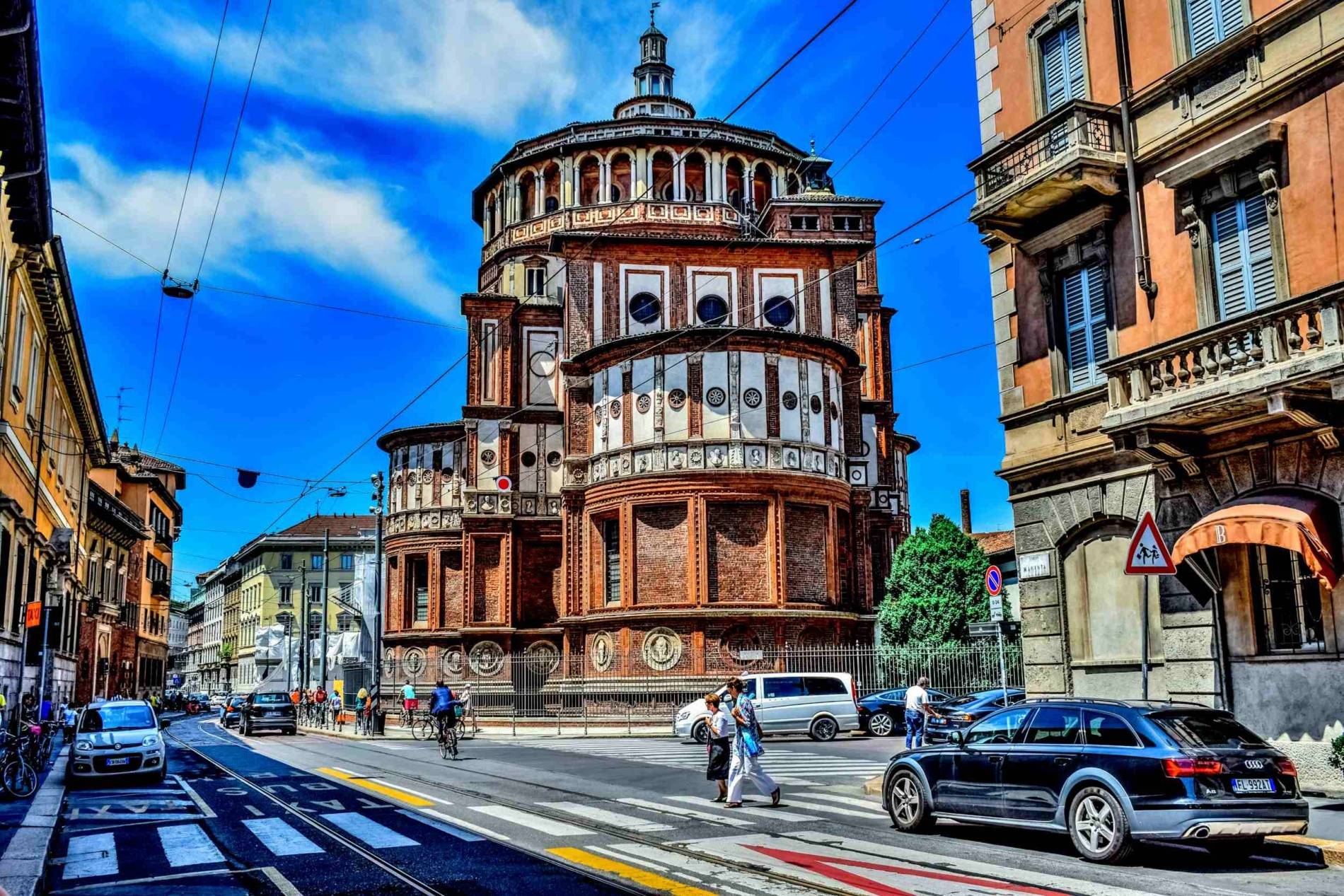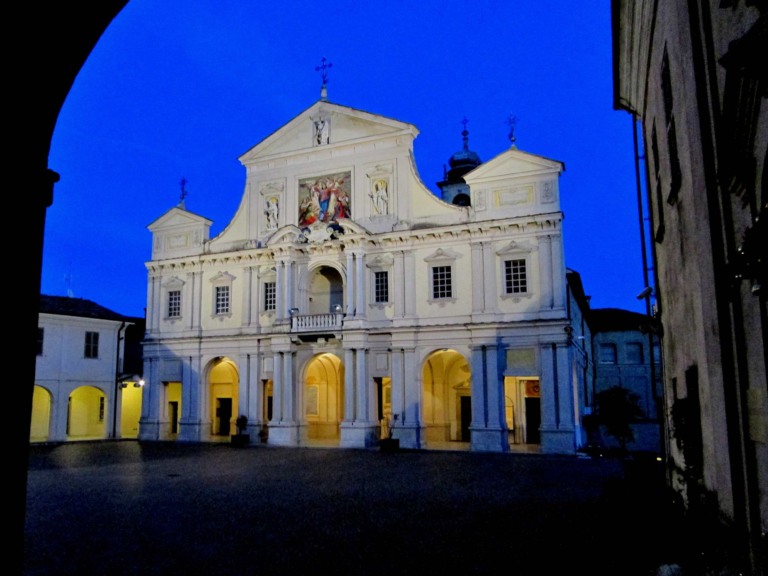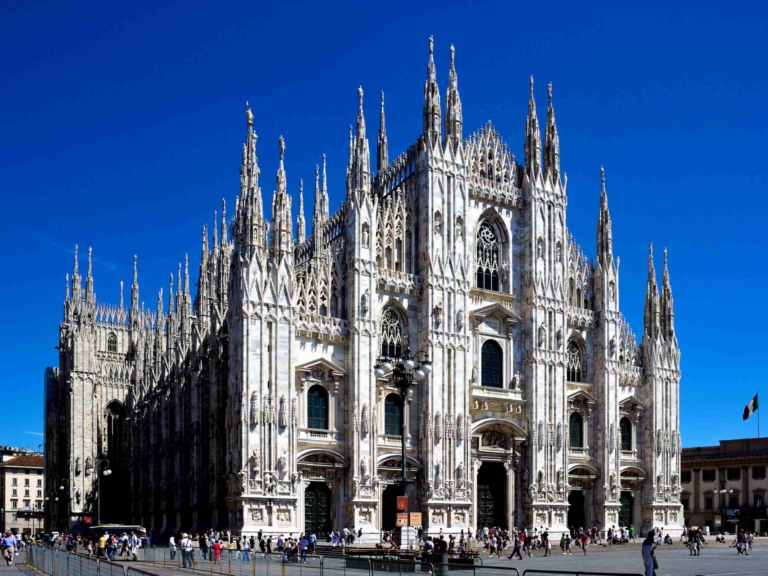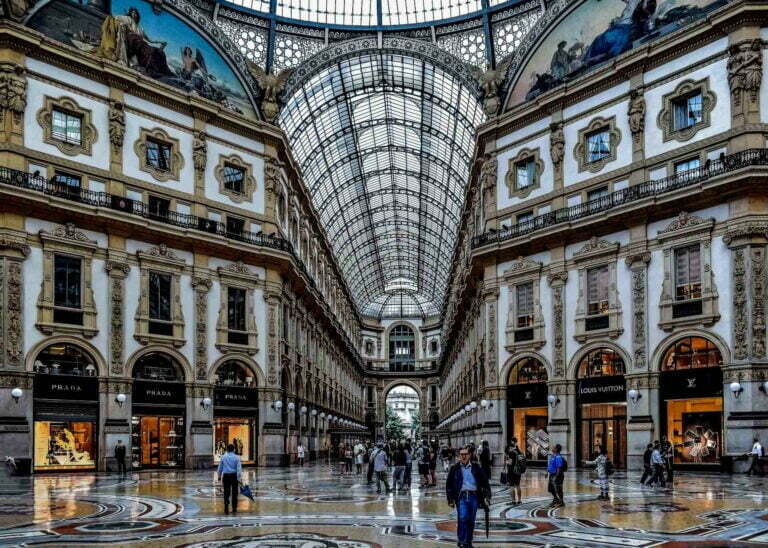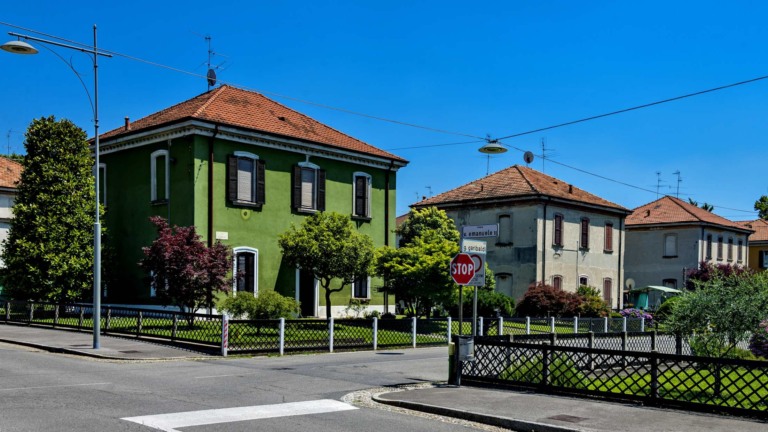The history of Milan dates back to ancient times and has witnessed the rise and fall of various civilizations. The history of Milan is a tapestry of ancient civilizations, artistic achievements, political struggles, and economic growth. It has shaped the city’s character and contributed to its status as a prominent cultural and economic center in Italy and beyond. Here is an overview of the history of Milan:
History of Milan, Italy
1. Ancient Milan: Milan’s origins can be traced back to the Celts, who settled in the region around 400 BC. The city then came under Roman rule in the 3rd century BC and flourished as a key trading and strategic center within the Roman Empire.
2. Medieval Period: After the fall of the Western Roman Empire in the 5th century AD, Milan faced several invasions and was ruled by different Germanic tribes. In the 9th century, it became the capital of the Lombard League, an alliance of northern Italian cities that played a crucial role in the struggle against Holy Roman Emperor Frederick Barbarossa.
3. Renaissance and Spanish Rule: Milan experienced a period of prosperity and artistic growth during the Renaissance. In the late 15th century, it came under the control of the powerful Visconti and Sforza families. The city was known for its patronage of artists and intellectuals, including Leonardo da Vinci, who lived and worked in Milan.
4. Austrian and French Rule: In the 18th century, Milan came under Austrian rule as part of the Habsburg Empire. However, during the Napoleonic era, the city briefly fell under French control. Napoleon Bonaparte made Milan the capital of the Kingdom of Italy in 1805.
5. Unification of Italy: Milan played a significant role in the unification of Italy. In 1848, a popular uprising known as the “Five Days of Milan” marked a pivotal moment in the fight against Austrian rule. Ultimately, Milan and the rest of Lombardy became part of the newly unified Kingdom of Italy in 1861.
6. Industrialization and Modernization: During the late 19th and early 20th centuries, Milan experienced rapid industrialization and became a major center for manufacturing and commerce. It played a crucial role in Italy’s economic growth and became known as an industrial powerhouse.
7. World War II and Post-War Era: Milan suffered significant damage during World War II due to bombings and the German occupation. After the war, the city underwent reconstruction and emerged as a symbol of Italy’s post-war recovery and economic boom, known as the “Italian economic miracle.”
8. Contemporary Milan: Today, Milan is a global city renowned for its fashion, design, finance, and cultural offerings. It is a hub for international business and hosts major events such as Milan Fashion Week and the Milan Furniture Fair. The city continues to thrive as a vibrant and cosmopolitan metropolis.
Historical Milan Visit
Travel to Milan! Where is Milan, and what makes it famous? Milan is located in the northern region of Lombardy, Italy. It serves as the capital of the region and is situated in the Po Valley, surrounded by the Italian Alps to the north. Milan is famous for several reasons:
9. Fashion and Design: Milan is recognized as one of the world’s fashion capitals. It hosts prestigious fashion events like Milan Fashion Week and is home to renowned fashion houses, designers, and luxury brands. The city is also a hub for design, showcasing innovative and cutting-edge creations in various industries.
10. Milan Cathedral (Duomo di Milano): The magnificent Milan Cathedral is an iconic landmark and one of the largest Gothic cathedrals in the world. Its intricate architecture, adorned with spires and statues, attracts millions of visitors each year.
11. Leonardo da Vinci’s “The Last Supper”: Milan is home to one of the most famous artworks in the world, “The Last Supper” by Leonardo da Vinci. Housed in the Church of Santa Maria delle Grazie, this iconic mural painting depicts the biblical scene of the Last Supper and is a must-see for art enthusiasts.
12. Business and Finance: Milan is a prominent global center for business, finance, and commerce. It hosts the Italian Stock Exchange (Borsa Italiana) and is the headquarters of numerous multinational corporations. The city plays a vital role in Italy’s economy and is known for its entrepreneurial spirit.
13. Cultural Heritage: Milan boasts a rich cultural heritage. It is home to renowned museums, art galleries, and historic landmarks, including the Sforza Castle, the Pinacoteca di Brera, and the Teatro alla Scala, one of the world’s most famous opera houses.
14. Cuisine: Milanese cuisine is celebrated for its unique flavors and regional specialties. Traditional dishes include risotto alla Milanese (saffron-infused risotto), ossobuco (braised veal shanks), and panettone (a sweet bread typically enjoyed during the holiday season).
15. Sports: Milan is a city passionate about sports, particularly football (soccer). It is home to two historic and successful football clubs, AC Milan and Inter Milan. The city’s San Siro Stadium is an iconic venue for football matches and other major sporting events.
Overall, Milan’s combination of fashion, art, design, culinary delights, and business prominence contributes to its fame and reputation as a dynamic and influential global city.
